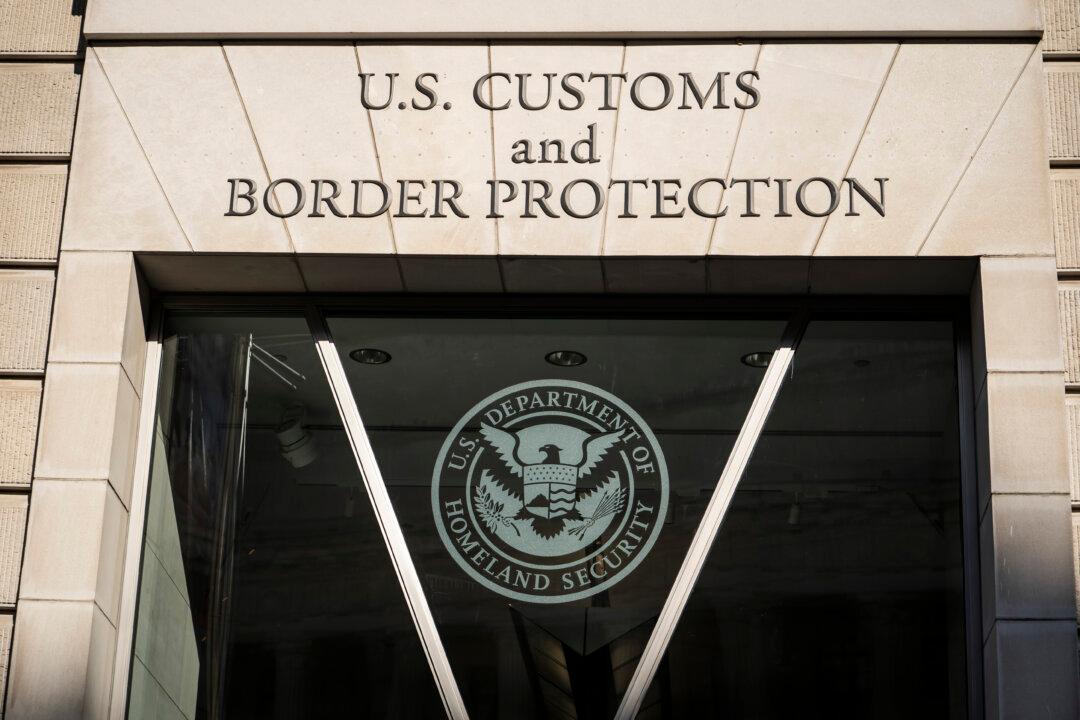Some Chinese cities have announced that they’re easing their COVID-19 restrictions following widespread protests in China. However, Chinese officials have already said they'll persist in their dynamic zero-COVID policy and haven’t given any indication of when it would end.
In Guangzhou, a manufacturing hub located near Hong Kong, local health officials announced lifting lockdowns in several parts of the city on Nov. 30 but said areas of the city designated “high-risk” would remain under lockdown. The city also announced that it will stop ordering district-wide mass COVID-19 testing.
While some locals in Guangzhou will see their life return to some form of normality, others will quickly find themselves under new restrictions. For instance, citizens in some parts of the Baiyun district in Guangzhou were told on Nov. 30 that they couldn’t leave their homes, after their areas were designated as “high risk.”
More locals have been prevented from leaving their homes since Dec. 1, after health officials in Guangzhou’s Liwan district designated several new areas in the district as “high risk.”
Elsewhere in Zhengzhou—a city that’s home to a major assembly plant making iPhones—businesses including supermarkets, libraries, gyms, and restaurants were allowed to resume operations starting on Nov. 30, after local officials said normal COVID-combating measures would be put in place.
In Shanghai, health officials announced on Nov. 30 that they would remove control measures in 24 “high-risk” areas beginning on Dec. 1.
Chongqing, a mega city in southwest China, and Beijing have also eased their restrictions.

Protests
Protests broke out across China over the weekend of Nov. 26–27, spurred partly by anger over a deadly fire in China’s far-western Xinjiang region that killed an officially reported 10 people. Local COVID-19 restrictions apparently prevented residents from escaping the fire and delayed first responders from reaching the scene.The protests were also sparked by mounting public frustration over China’s draconian zero-COVID policy, which subjects people to repeated testing and confinement to their homes, as well as suspending business operations.
It remains to be seen whether protesters in China will accept the communist regime’s decision to ease COVID-19 restrictions or if they'll continue to take to the streets making political demands.
“Their appeal was ending the lockdown,” she said. “They didn’t want to be locked up. They chanted slogans calling for an end to lockdown.”
“They said I wasn’t allowed to take pictures. They are so afraid that I will tell other people the truth,” he said, noting that how he was treated inside the police station was “a simple form of torture.”

‘A Sign of Weakness’
U.S. Secretary of State Antony Blinken voiced support for protesters in an interview with NBC on Nov. 30, saying that Beijing’s suppression of recent protests is a “sign of weakness.”“I think any country where you see people trying to speak out, trying to speak up, to protest peacefully, to make known their frustrations, whatever the issue is—in any country where we see that happening and then we see the government take massive repressive action to stop it, that’s not a sign of strength, that’s a sign of weakness,” Blinken said.
“Political and legal organs must take effective measures to ... resolutely safeguard national security and social stability,” the statement reads.





